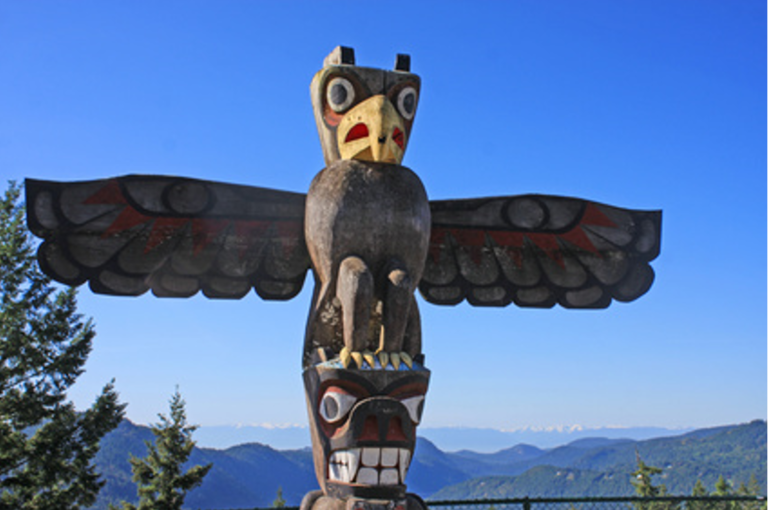3.1.1 Indigenous Governance: Acts and Treaties

The Indian Act
The Indian Act is a Canadian federal law that governs matters pertaining to:1
• Indian status
• Indian bands
• Indian reserves
The Indian Act authorizes the Canadian federal government to regulate and administer the affairs and day-to-day lives of registered Indians and reserve communities. The Act has undergone numerous amendments since it was first passed in 1876; however, it largely retains its original form.1
Crown-Indigenous Relations and Northern Affairs is the federal department that focuses on renewing the nation-to-nation, Inuit-Crown, government-to-government relationships between Canada, First Nations, Inuit and Métis by modernizing structures. The goal is to enable Indigenous peoples to build capacity and support their vision of self-determination. This includes Indian status, treaties, agreements and negotiations. Indigenous Services Canada is the federal department that works collaboratively with partners to improve access to high quality services for First Nations, Inuit and Métis, including health, water, community infrastructure, fiscal relationships, education, housing, social programs and emergency management.
Constitution Act, 1982 Section 35
Section 35 of the Constitution Act, 1982 represents the inclusion of Aboriginal peoples and affirms Aboriginal rights within the Canadian Constitution.
Section 35 of the Constitution Act states:2
(1) The existing aboriginal and treaty rights of the aboriginal peoples of Canada are hereby recognized and affirmed.
(2) In this Act, “aboriginal peoples of Canada” includes the Indian, Inuit and Métis peoples of Canada.
(3) For greater certainty, in subsection (1) “treaty rights” includes rights that now exist by way of land claims agreements or may be so acquired.
(4) Notwithstanding any other provision of this Act, the aboriginal and treaty rights referred to in subsection (1) are guaranteed equally to male and female persons.
Treaties
The Government of Canada and the courts understand treaties between the Crown and Indigenous people to be solemn agreements that set out promises, obligations and benefits for both parties.
Treaties define, among other things, the respective rights of Indigenous people and governments to use and enjoy lands that Indigenous people traditionally occupied.2
Treaties include those made between 1701 and 1923, such as the numbered treaties as well as modern-day treaties known as comprehensive land claim settlements. Treaty rights already in existence in 1982 (the year the Constitution Act was passed), and those that came afterwards, are recognized and affirmed by Canada’s Constitution.3
For more information on some Treaties that have been negotiated from 1701 to the present day please click here.4
Bands
Band administration is responsible for the day-to-day governing of band affairs.1
Bands are led by band councils comprised of a chief and councillors, who are elected by band members typically every two years. According to the Indian Act, a band may have one elected chief and one elected councillor for every 100 band members, with a minimum of two councillors required per band. Band councils are responsible for the governance and administration of band affairs, including education, band schools, housing, water and sewer, roads, and other community businesses and services.1
Reserves
An Indian Reserve is a tract of land set aside under the Indian Act and treaty agreements for the exclusive use of an Indian band. Band members possess the right to live on reserve lands, and band administrative and political structures are frequently located there. Reserve lands are not strictly “owned” by bands, but are held in trust for bands by the Crown. The Indian Act grants the Minister of Indian Affairs authority over much of the activity on reserves.1
1Indian and Northern Affairs Canada. Indian Act, website accessed November 14, 2018.
2Justice Canada. Justice Laws, website accessed November 14, 2018.
3Indian and Northern Affairs Canada. Treaties with Aboriginal people in Canada, website accessed March 3, 2017.
4Indian and Northern Affairs Canada. (2010). A History of Treaty Making in Canada. Ottawa, ON: Government of Canada. https://www.aadnc-aandc.gc.ca/DAM/DAM-INTER-HQ/STAGING/texte-text/ap_htmc_treatliv_1314921040169_eng.pdf – accessed November 14, 2018.
